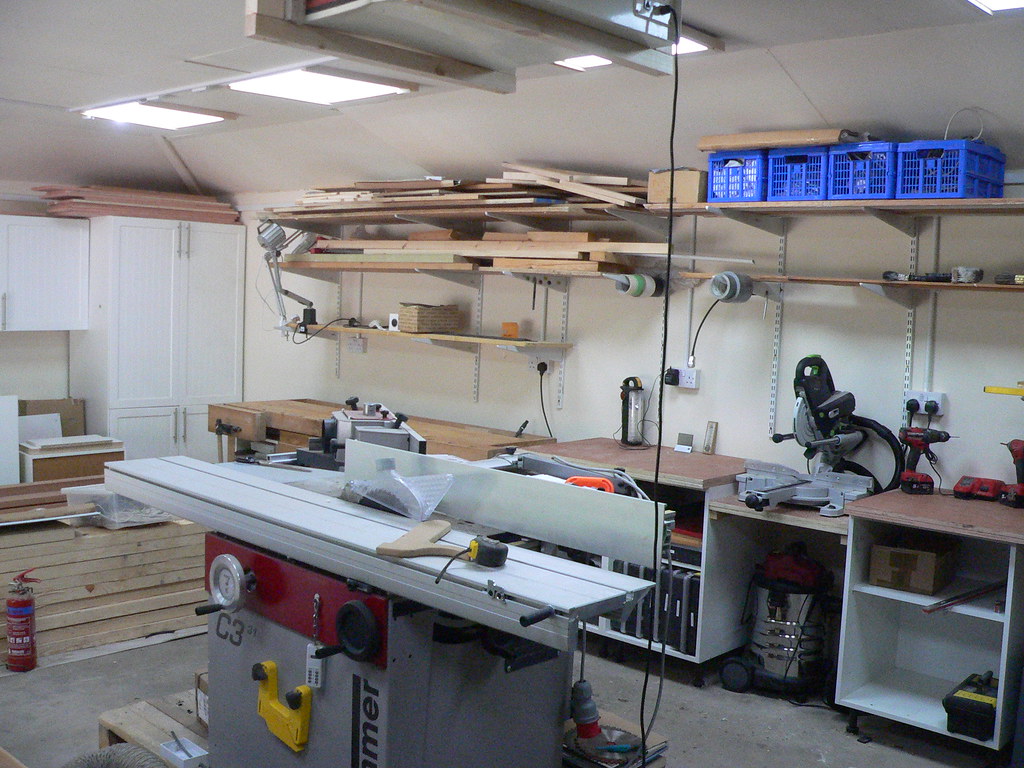Munty Scruntfundle
Established Member
Hi there.
Some years ago when I got quite obsessed with photography I invested in a bunch of led lights to shine through water droplets. I ended up with some good results, but until that point hadn't realised leds on ac power flicker.
I'm looking for a light/lamp for the garage, but I don't want a flickering lamp anywhere near rotating machinery. I notice there are all sorts of led lights being sold for workshop space, so have they got around the flickering problem, or just not explaining it?
I know this might technically be an electrical question, but I would hope others here have considered it too.
Some years ago when I got quite obsessed with photography I invested in a bunch of led lights to shine through water droplets. I ended up with some good results, but until that point hadn't realised leds on ac power flicker.
I'm looking for a light/lamp for the garage, but I don't want a flickering lamp anywhere near rotating machinery. I notice there are all sorts of led lights being sold for workshop space, so have they got around the flickering problem, or just not explaining it?
I know this might technically be an electrical question, but I would hope others here have considered it too.







